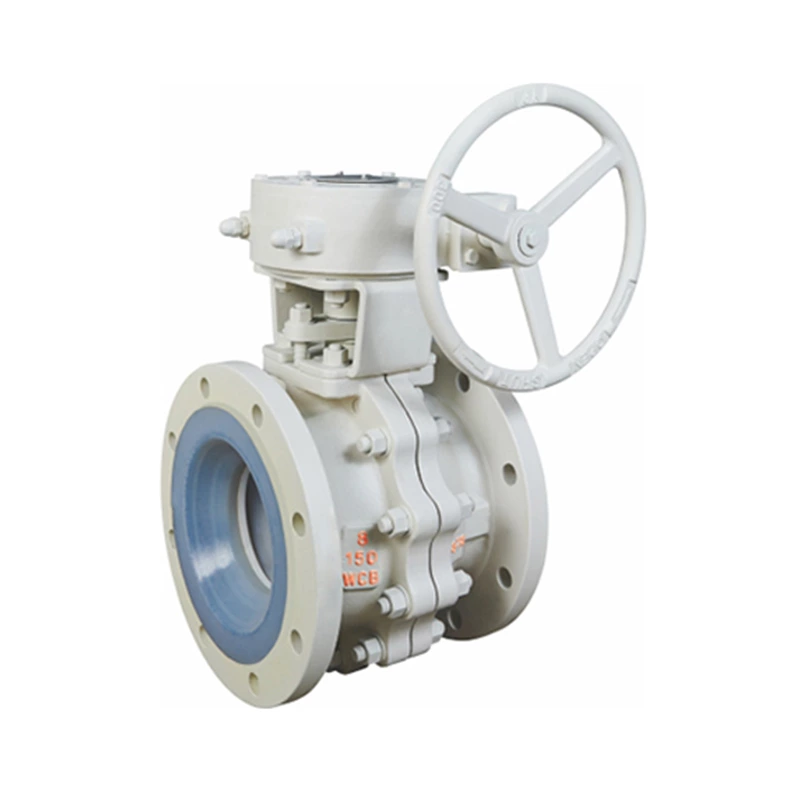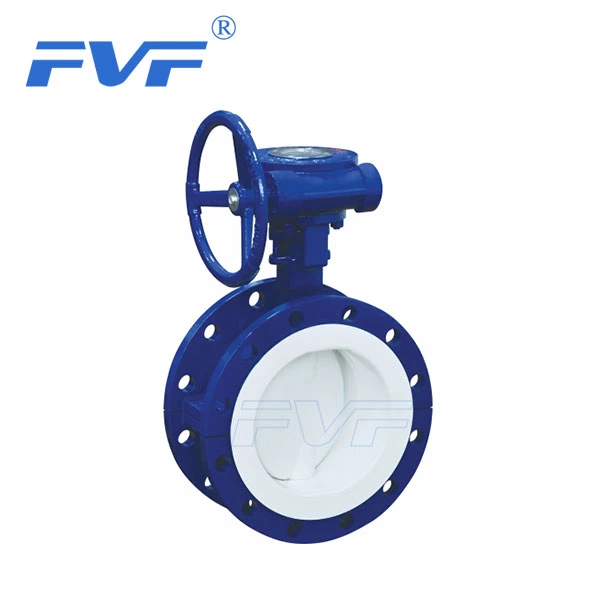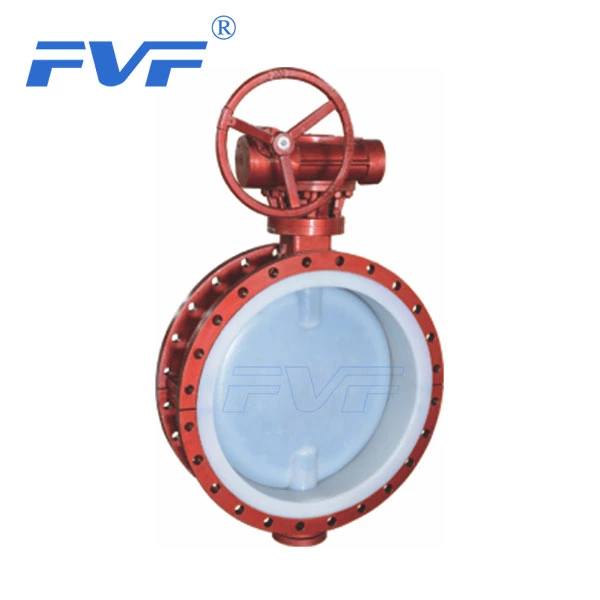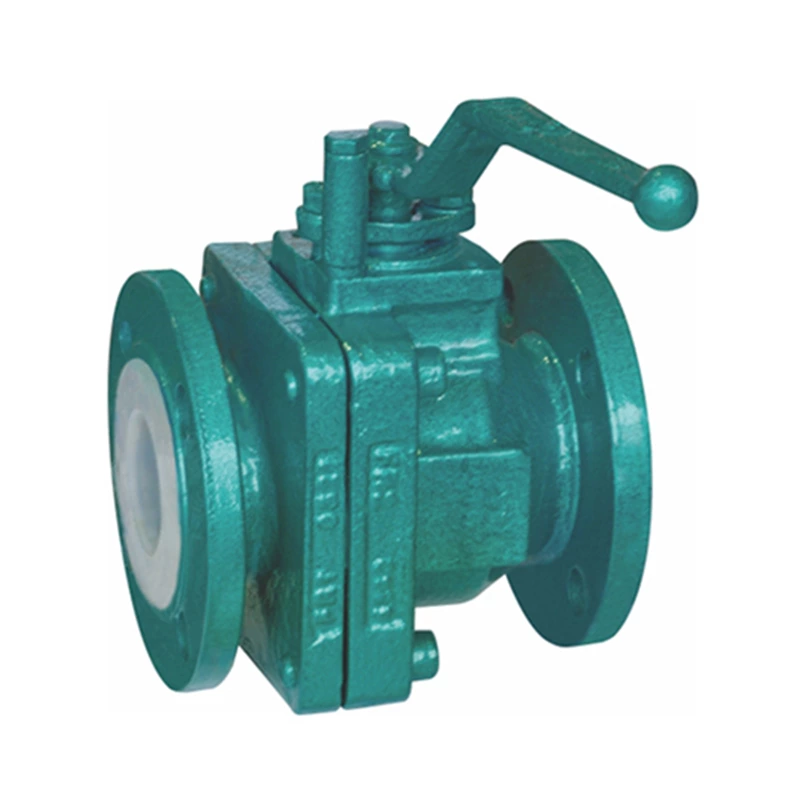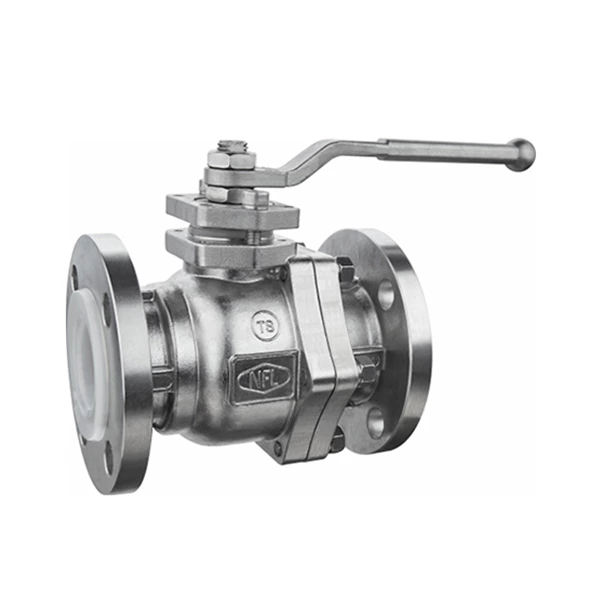Selection And Use Of Vacuum Valves
1. Selection basis and factors to be considered for Lined Valve
According to the working pressure, vacuum valves include low vacuum valves, high vacuum valves and ultra-high vacuum valves.
According to the structural characteristics, there are flapper valves, plug valves, butterfly valves, stop valves, diaphragm valves, ball valves, angle valves, straight-through valves, three-way valves, etc.
According to the transmission principle, there are manual, pneumatic, electric, and electromagnetic. Generally, pneumatic is the process of electromagnetic pilot and cylinder executing the action, and it can also be controlled by hand to execute the action of the pilot valve cylinder. Electric is manual and electric, and can be operated manually when the power is off.
According to the material, there are valves with stainless steel, carbon steel, and aluminum alloy as the main materials.
According to the material of the dynamic seal, it can also be divided into metal seal and non-metal seal valves. The leakage rate of the O-ring for shaft seal is generally 10-4Pa.L/S. The vacuum degree is not high during the movement of the shaft, and it can be used under high vacuum conditions with low requirements; the shaft seal is a metal bellows seal, and its leakage rate is 10-7Pa.L/S, which is suitable for use under ultra-high vacuum conditions.
2. Purpose of vacuum valves
Electromagnetic vacuum belt charging valve and electromagnetic vacuum differential pressure valve are vacuum valves specially used to prevent oil return from mechanical vacuum pumps. They are installed at the air inlet of mechanical vacuum pumps and open and close synchronously with the pump. Generally, they cannot be used in other places, that is, they cannot be used for deflation in vacuum systems. The advantages of using Niwei electromagnetic vacuum differential pressure valves are low power consumption and energy saving; the valve body material of DN≤50 is aluminum alloy, which is light in weight, small in size, and the valve plate closes quickly.
The flapper valve is used in the corner and three-way places in vacuum pipelines. The driving mode is manual, pneumatic, electromagnetic, and electric, which is determined by the user. Among them, the GDC-J type electromagnetic high vacuum flapper valve is a metal bellows seal, which has a wide range of applications and can also be used as a charging valve; the installation position can be arbitrary, it can be reversed to an atmospheric pressure, and there is a feedback signal output.
The flapper valve is used in places where high vacuum requirements or high pipeline size requirements are required. Full-pass conduction, valve leakage rate is 10-7Pa.L/S, and bidirectional sealing. The driving mode is manual, pneumatic, and electric, which is determined by the user. Both pneumatic and electric valves are equipped with signal feedback devices.
Diaphragm valves and ball valves are straight-through type and can be used in situations where positive pressure and vacuum coexist. The driving mode is manual, pneumatic, and electric, which is determined by the user.
Butterfly valves are straight-through type, and the three driving modes of manual, pneumatic, and electric are determined by the user. The opening angle of manual butterfly valves can be adjusted arbitrarily; the opening angle of intelligent pneumatic and electric butterfly valves can also be adjusted arbitrarily.
III. Valve use conditions: The medium is pure air or non-corrosive gas. The medium temperature is determined by the extreme temperature of the rubber used.
